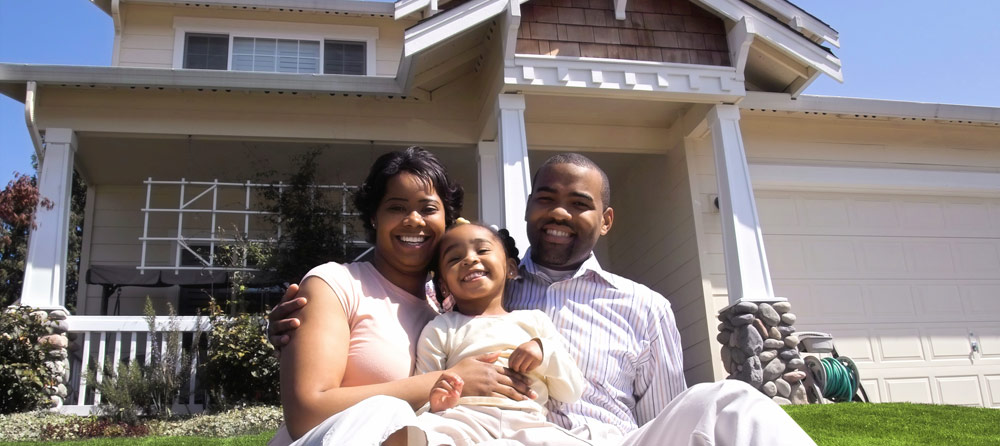David W. Wagner can help you remove your Private Mortgage InsuranceWhen buying a house, a 20% down payment is typically the standard. Considering the risk for the lender is generally only the remainder between the home value and the sum remaining on the loan, the 20% supplies a nice buffer against the charges of foreclosure, reselling the home, and regular value fluctuationsin the event a borrower is unable to pay. During the recent mortgage boom of the last decade, it was common to see lenders requiring down payments of 10, 5 or often 0 percent. A lender is able to handle the increased risk of the low down payment with Private Mortgage Insurance or PMI. This supplemental policy takes care of the lender if a borrower defaults on the loan and the worth of the house is lower than what is owed on the loan. PMI can be costly to a borrower because the $40-$50 a month per $100,000 borrowed is rolled into the mortgage payment and frequently isn't even tax deductible. It's money-making for the lender because they secure the money, and they get paid if the borrower is unable to pay, contradictory to a piggyback loan where the lender takes in all the damages. 
Does your monthly mortgage payment include PMI? Contact us, you may be able to save money by removing your PMI. How can home owners avoid paying PMI?The Homeowners Protection Act of 1998 obligates the lenders on nearly all loans to automatically terminate the PMI when the principal balance of the loan equals 78 percent of the primary loan amount. Smart homeowners can get off the hook ahead of time. The law stipulates that, at the request of the home owner, the PMI must be abandoned when the principal amount equals just 80 percent. Since it can take many years to reach the point where the principal is just 20% of the initial amount borrowed, it's essential to know how your home has grown in value. After all, all of the appreciation you've gained over time counts towards abolishing PMI. So what's the reason for paying it after your loan balance has dropped below the 80% threshold? Your neighborhood may not be following the national trends and/or your home might have acquired equity before things settled down, so even when nationwide trends hint at falling home values, you should understand that real estate is local. The hardest thing for almost all home owners to understand is just when their home's equity goes over the 20% point. A certified, licensed real estate appraiser can definitely help. As appraisers, it's our job to know the market dynamics of our area. At David W. Wagner, we're masters at pinpointing value trends in Palm Springs, Riverside County and surrounding areas, and we know when property values have risen or declined. When faced with figures from an appraiser, the mortgage company will usually remove the PMI with little trouble. At which time, the home owner can relish the savings from that point on.
Want to learn more about PMI and the Homeowners Protection Act? Click this link: |